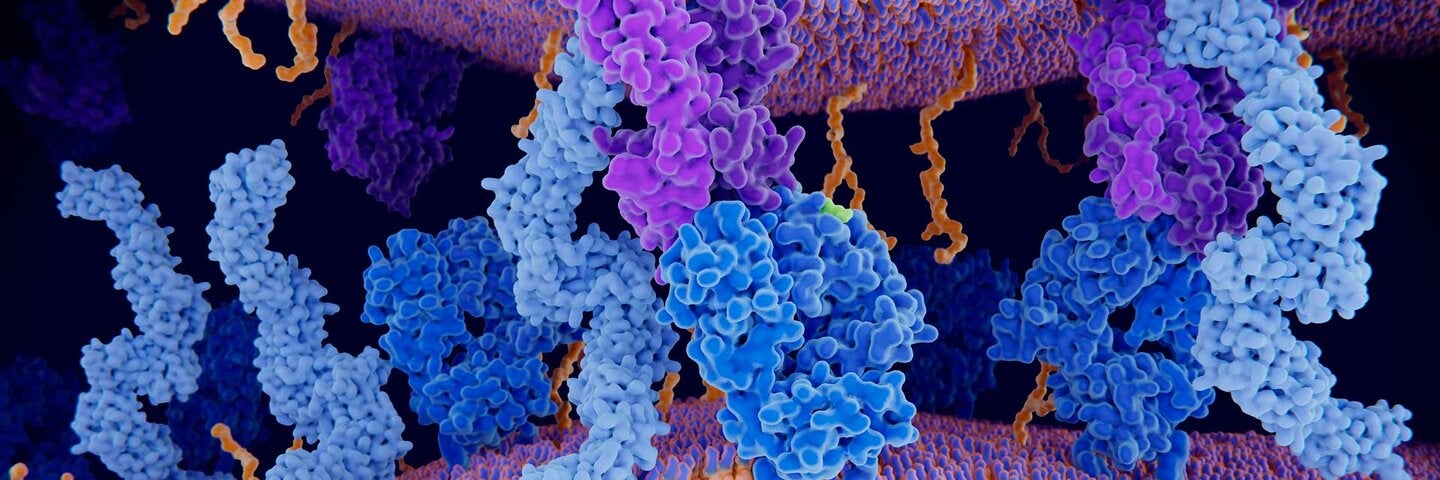Introduction to Protein Structure: From Disease to Therapy

Introduction to Protein Structure: From Disease to Therapy
In this course, an introduction to protein and nucleic acid structures is delivered through various lectures, as well as exploring the relationship between protein structures and common human pathologies.
Get More Info
What you will learn.
About This Course
LIFESCI XL 3 or LIFESCI XL 7A
Winter 2026 Schedule
Enrollment deadline: January 11, 2026. Enrollment limited to 25. Internet access required. Materials required.
Enrollment is typically reserved for adult students 18 years of age and older. Students under 18 years of age may receive consent to enroll based on special academic competence and approval by the instructor. If you are a student under 18 years of age, you must submit a request to enroll in the course 8 weeks before the course start date to hss@uclaextension.edu for your request to be considered.

